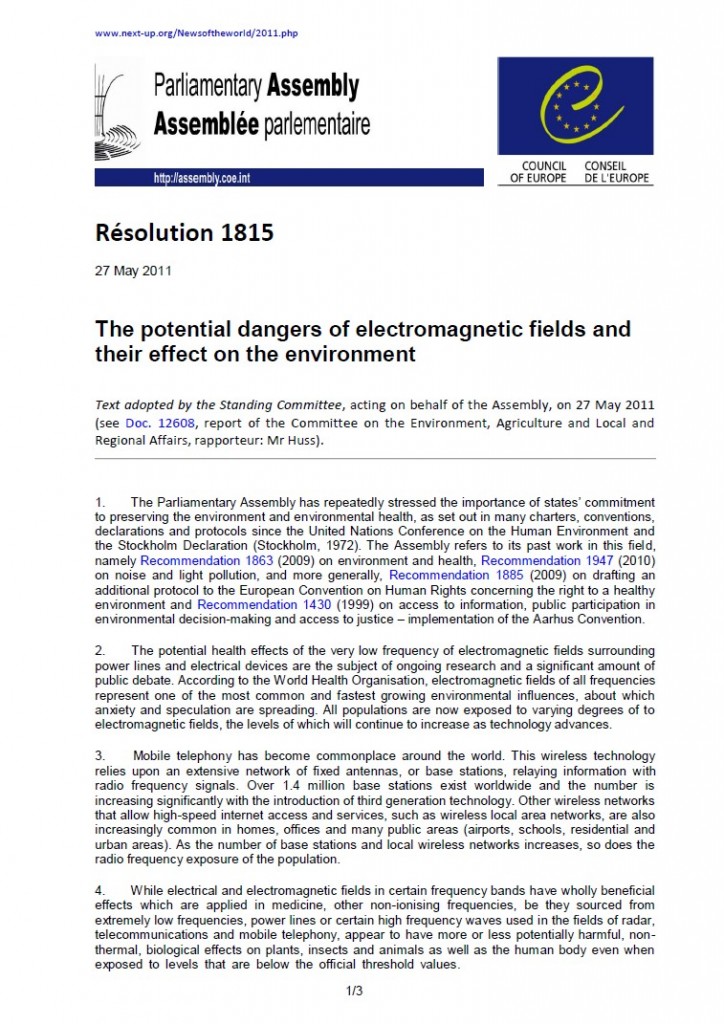Portada del sitio > Estudios Científicos > Proteomic analysis of human lens epithelial cells exposed to (...)
Jpn J Ophthalmol. 2007 Nov-Dec;51(6):412-6
Proteomic analysis of human lens epithelial cells exposed to microwaves
Martes 8 de enero de 2008 · 1671 lecturas
Jpn J Ophthalmol. 2007 Nov-Dec;51(6):412-6. Epub 2007 Dec 21. Links
Proteomic analysis of human lens epithelial cells exposed to microwaves.Li HW, Yao K, Jin HY, Sun LX, Lu DQ, Yu YB.
Eye Center, Affiliated Second Hospital, College of Medicine, Zhejiang University, Hangzhou, China, xlren@zju.edu.cn.
PURPOSE: To study proteomic changes in human lens epithelial cells (HLECs) exposed to 1800-MHz Global System for Mobile Communication (GSM)-like microwaves. METHODS: In three separate experiments, HLECs were exposed and sham-exposed (six dishes each) to 1800-MHz GSM-like radiation for 2 h. The specific absorption rates were 1.0, 2.0, or 3.5 W/kg. Immediately after radiation, the proteome was extracted from the HLECs. Immobilized pH gradient two-dimensional polyacrylamide gel electrophoresis(2-DE; silver staining) and PDQuest 2-DE analysis software were used to separate and analyze the proteome of exposed and sham-exposed HLECs. Four differentially expressed protein spots were selected and identified by using electrospray ionization tandem mass spectrometry (ESI-MS-MS). RESULTS: When the protein profiles of exposed cells were compared with those of sham-exposed cells, four proteins were detected as upregulated. After analysis by ESI-MS-MS and through a database search, heat-shock protein (HSP) 70 and heterogeneous nuclear ribonucleoprotein K (hnRNP K) were determined to be upregulated in the exposed cells. CONCLUSIONS: Two-dimensional polyacrylamide gel electrophoresis combined with mass spectrometry may be a powerful tool for screening potential electromagnetic-reaction protein markers. HSP70 and hnRNP K are involved in the stress reaction of HLECs exposed to microwaves. These cell responses are nonthermal effects of the electromagnetic field. Jpn J Ophthalmol 2007;51:412-416 (c) Japanese Ophthalmological Society 2007.
Ver el abstract original AQUÍ







